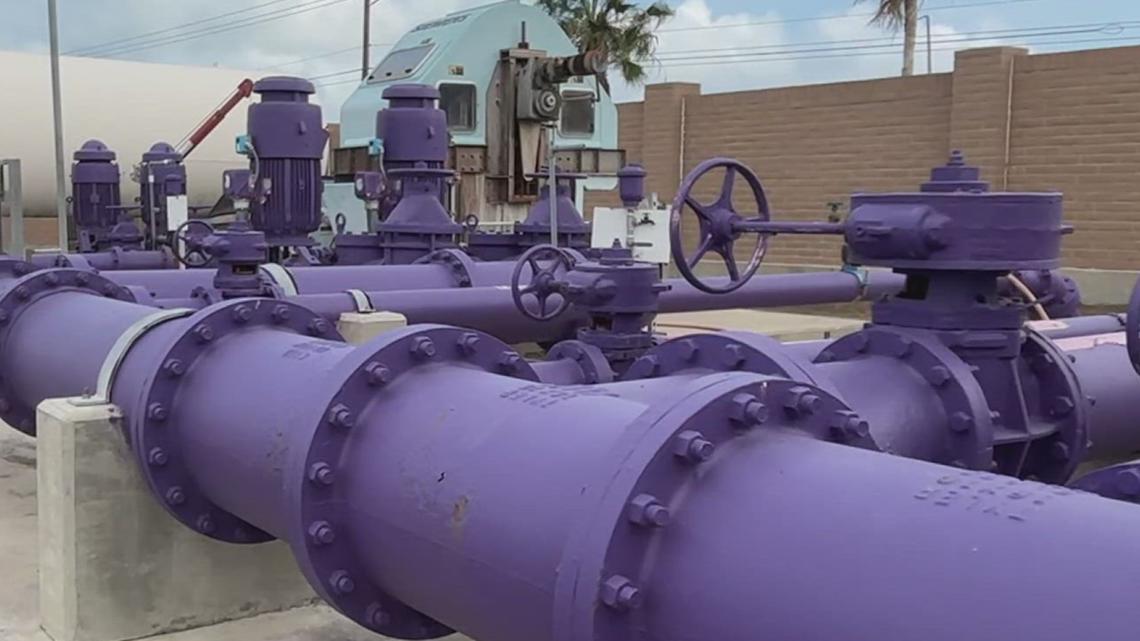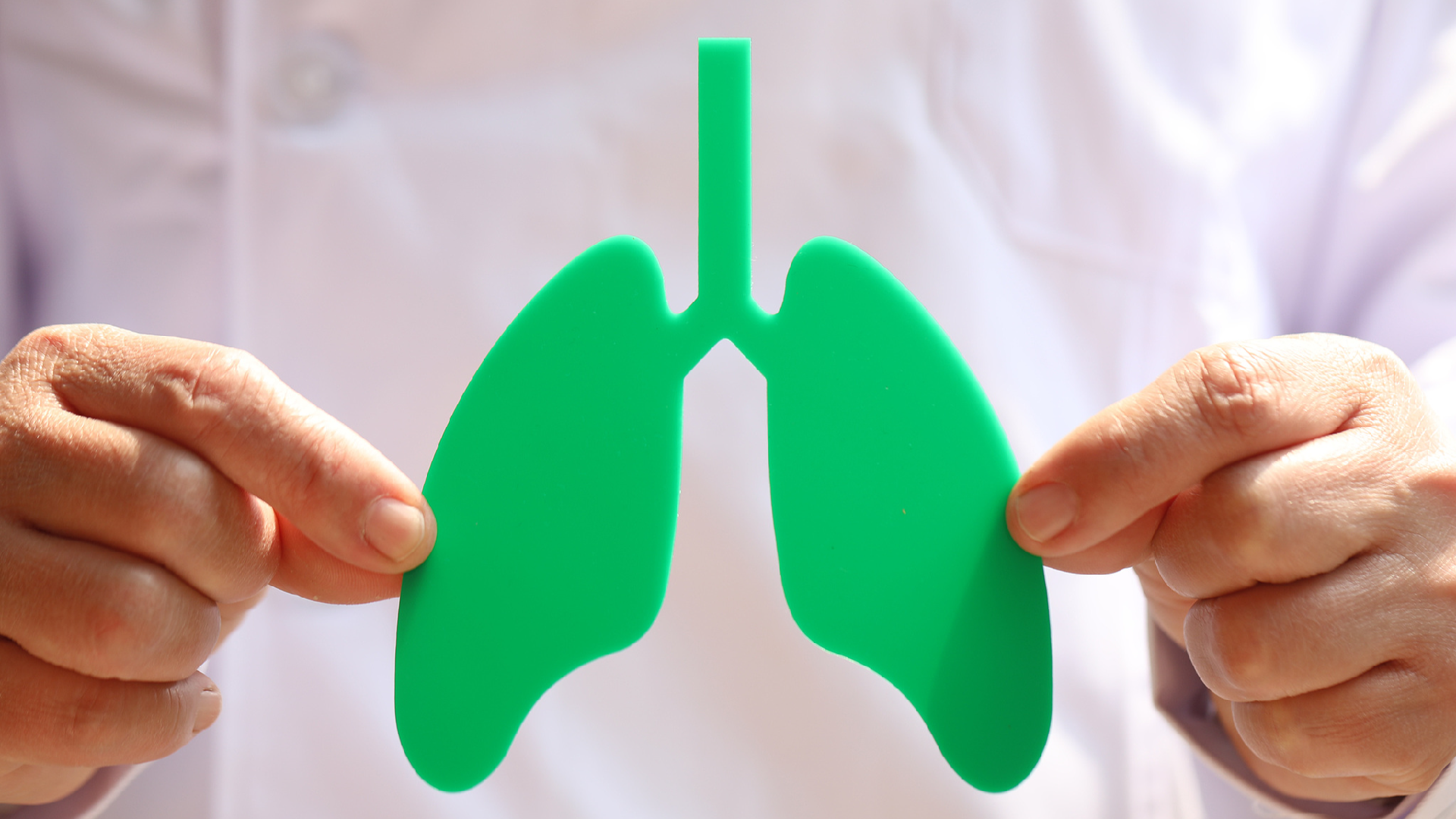Cesspools contribute to water pollution crisis – Honolulu Star-Advertiser

Report on Cesspool Pollution in Hawaii and its Implications for Sustainable Development Goals
Executive Summary: The Sanitation Crisis and its Conflict with SDGs
An analysis of Hawaii’s sanitation infrastructure reveals a significant environmental and public health crisis stemming from approximately 88,000 cesspools. These systems discharge an estimated 53 million gallons of untreated sewage daily, directly undermining progress towards several key United Nations Sustainable Development Goals (SDGs), particularly SDG 6 (Clean Water and Sanitation), SDG 14 (Life Below Water), and SDG 3 (Good Health and Well-being).
Scale of Contamination and Impact on SDG 6 (Clean Water and Sanitation)
The widespread use of cesspools presents a direct challenge to achieving Target 6.3, which aims to improve water quality by reducing pollution. The scale of the problem is extensive:
- Statewide Distribution: Cesspools are prevalent across the islands, with nearly 50,000 on Hawaii island, 14,000 on Kauai, over 12,000 on Maui, more than 11,000 on Oahu, and around 1,400 on Molokai.
- Direct Threat to Water Resources: Of the total, 43,000 cesspools are identified as posing a direct risk to Hawaii’s water resources, contaminating both groundwater and coastal waters.
- Proximity to Freshwater Ecosystems: Approximately 31,000 cesspools are located within perennial watersheds, and 6,700 are situated within 200 feet of perennial stream channels, critically threatening the state’s freshwater supply and ecosystems.
Degradation of Marine Ecosystems and Public Health: A Failure of SDG 14 and SDG 3
The continuous release of untreated sewage has severe consequences for marine life and public health, directly contravening the objectives of SDG 14 (Life Below Water) and SDG 3 (Good Health and Well-being).
Water Quality Monitoring Data
Data from the 2024 Clean Water Report by the Surfrider Foundation quantifies the extent of the pollution and its link to cesspools. The monitoring of 83 sites revealed alarming failure rates of water quality standards.
- Chronic Pollution Hot Spots: Two beaches, Kahaluu on Oahu and Koloa Landing on Kauai, failed water quality tests in 92% and 90% of samples, respectively.
- Widespread Contamination: Seven sites on Oahu and eight on Kauai exceeded state health standards in over 50% of all samples taken. Three stream mouths on Kauai and Punaluu Beach Park on Oahu failed every single test conducted.
- Direct Link to Sewage: Fourteen of the 15 sites that failed health standards more than half the time are located within Priority 1 and 2 cesspool hazard areas, indicating sewage is a primary pollution source.
Impact on SDG 3 (Good Health and Well-being) and SDG 8 (Decent Work and Economic Growth)
- The presence of harmful bacteria and pathogens from sewage poses significant health risks, leading to waterborne illnesses.
- Frequent beach closures resulting from poor water quality threaten community well-being and Hawaii’s vital tourism economy, impacting sustainable economic growth.
Impact on SDG 14 (Life Below Water)
- Nutrient loading and contaminants from sewage cause direct harm to coral reef ecosystems, which are critical for marine biodiversity. This pollution directly undermines Target 14.1, which calls for the prevention and significant reduction of marine pollution from land-based activities.
Policy Response and Challenges to Achieving SDG Targets
In response, state and federal agencies have initiated measures aligned with achieving the SDGs, demonstrating a commitment under SDG 17 (Partnerships for the Goals). However, significant challenges remain.
Mitigation Strategies
- State Mandate: The Hawaii State Legislature has mandated the complete replacement of all cesspools by 2050, a critical step towards fulfilling SDG 6.
- Prioritization Tools: The Department of Health has developed a Cesspool Hazard Assessment & Prioritization Tool to guide replacement efforts efficiently.
- Federal Enforcement: The Environmental Protection Agency (EPA) has increased enforcement of the Safe Drinking Water Act, closing five illegal large-capacity cesspools on Kauai and Hawaii island in 2025.
Implementation Challenges
- Ongoing reductions in the EPA’s budget threaten the agency’s capacity for enforcement and environmental protection. These funding cuts could undermine the long-term effectiveness of federal oversight and hinder Hawaii’s ability to meet its 2050 goal and associated SDG targets.
1. Which SDGs are addressed or connected to the issues highlighted in the article?
SDG 3: Good Health and Well-being
- The article connects cesspool pollution directly to public health, mentioning that the contamination poses “health risks to residents and visitors alike” and can lead to “waterborne illnesses.” This aligns with the goal of ensuring healthy lives and promoting well-being.
SDG 6: Clean Water and Sanitation
- This is the most central SDG in the article. The entire piece focuses on the contamination of “groundwater and coastal waters” by “untreated sewage” from 88,000 cesspools. It discusses the impact on “drinking water quality” and the state’s mandate for “full cesspool replacement by 2050,” which are core issues of water quality and sanitation management.
SDG 11: Sustainable Cities and Communities
- The article discusses the management of wastewater within communities, a key aspect of sustainable urban infrastructure. The presence of 88,000 cesspools represents inadequate sanitation systems, and the state’s efforts to replace them by 2050 are aimed at making communities more sustainable and resilient.
SDG 14: Life Below Water
- The article explicitly states that cesspool pollution is “harming coral reef ecosystems.” The release of “53 million gallons of untreated sewage” into the environment, which contaminates “coastal waters,” is a form of land-based pollution that directly threatens marine life, a key concern of SDG 14.
2. What specific targets under those SDGs can be identified based on the article’s content?
SDG 3: Good Health and Well-being
- Target 3.9: By 2030, substantially reduce the number of deaths and illnesses from hazardous chemicals and air, water and soil pollution and contamination.
- The article’s focus on cesspools contaminating water with “harmful bacteria, nutrients and pathogens” and causing “waterborne illnesses” directly relates to this target.
SDG 6: Clean Water and Sanitation
- Target 6.1: By 2030, achieve universal and equitable access to safe and affordable drinking water for all.
- The article highlights that cesspools are “severely impacting drinking water quality,” making this target relevant.
- Target 6.3: By 2030, improve water quality by reducing pollution, eliminating dumping and minimizing release of hazardous chemicals and materials, halving the proportion of untreated wastewater and substantially increasing recycling and safe reuse globally.
- This target is directly addressed by the article’s central theme: the daily release of “53 million gallons of untreated sewage” and the state’s mandate to achieve “full cesspool replacement by 2050.”
- Target 6.b: Support and strengthen the participation of local communities in improving water and sanitation management.
- The involvement of “Surfrider volunteers” who “sampled 83 sites” and processed “1,079 water samples” demonstrates community participation in monitoring and managing water quality.
SDG 11: Sustainable Cities and Communities
- Target 11.6: By 2030, reduce the adverse per capita environmental impact of cities, including by paying special attention to air quality and municipal and other waste management.
- The issue of managing untreated sewage from 88,000 cesspools is a critical waste management challenge. The state’s plan to replace them is an effort to reduce the environmental impact of these communities.
SDG 14: Life Below Water
- Target 14.1: By 2025, prevent and significantly reduce marine pollution of all kinds, in particular from land-based activities, including marine debris and nutrient pollution.
- The article identifies cesspools as a land-based source of pollution that releases nutrients and pathogens into “coastal waters,” “harming coral reef ecosystems.” This directly aligns with the goal of reducing marine pollution from land-based activities.
3. Are there any indicators mentioned or implied in the article that can be used to measure progress towards the identified targets?
Yes, the article provides several quantitative and qualitative indicators that can be used to measure progress.
Indicators for Water Quality and Sanitation (SDG 6, SDG 11)
- Proportion of wastewater safely treated: The article implies this is very low, stating that 88,000 cesspools release “53 million gallons of untreated sewage” daily. Progress can be measured by the reduction in this volume.
- Number of cesspools: The baseline is “approximately 88,000 cesspools,” with 43,000 posing a direct risk. Progress is the number of cesspools successfully replaced or upgraded.
- Legislative Mandate: The state’s goal of “full cesspool replacement by 2050” serves as a long-term policy indicator.
- Enforcement Actions: The number of illegal cesspools closed by the EPA (“five illegal cesspools on Kauai and Hawaii island”) is a measure of regulatory enforcement.
Indicators for Health and Environmental Impact (SDG 3, SDG 14)
- Ambient water quality: The article provides specific data from water quality testing. Indicators include:
- The percentage of tests failed at specific beaches (e.g., “Kahaluu (Oahu) … failed water quality standards nearly every test last year, with bacteria rates of 92%”).
- The number of monitoring sites exceeding health standards (“Seven sites on Oahu and eight on Kauai exceeded health standards in over half their samples”).
- The number of sites that fail every test (“three Kauai stream mouths and Oahu’s Punaluu Beach Park failed every test”).
- Number of water samples tested: The article mentions “1,079 water samples” were processed by Surfrider volunteers in 2024, indicating the scale of community monitoring efforts.
4. Create a table with three columns titled ‘SDGs, Targets and Indicators” to present the findings from analyzing the article. In this table, list the Sustainable Development Goals (SDGs), their corresponding targets, and the specific indicators identified in the article.
| SDGs | Targets | Indicators |
|---|---|---|
| SDG 3: Good Health and Well-being | 3.9: Reduce illnesses from water pollution and contamination. |
|
| SDG 6: Clean Water and Sanitation |
6.1: Achieve access to safe drinking water.
6.3: Improve water quality by reducing pollution and halving the proportion of untreated wastewater. 6.b: Support local community participation in water and sanitation management. |
|
| SDG 11: Sustainable Cities and Communities | 11.6: Reduce the adverse environmental impact of cities, paying special attention to wastewater management. |
|
| SDG 14: Life Below Water | 14.1: Prevent and significantly reduce marine pollution from land-based activities. |
|
Source: staradvertiser.com

What is Your Reaction?
 Like
0
Like
0
 Dislike
0
Dislike
0
 Love
0
Love
0
 Funny
0
Funny
0
 Angry
0
Angry
0
 Sad
0
Sad
0
 Wow
0
Wow
0














































































